Chinese automobile export freight forwarder
Introduction
The global automotive industry is undergoing a significant transformation, with new energy vehicles (NEVs) at the forefront of this shift. China, as the world's largest producer and exporter of NEVs, has been expanding its market reach, including to the Middle East, particularly Dubai. The United Arab Emirates (UAE) has shown increasing interest in electric and hybrid vehicles due to government initiatives promoting sustainability and reducing carbon emissions.
When exporting NEVs from China to Dubai, two primary maritime transportation methods are employed: roll-on/roll-off (RoRo) ships and container ships. Each method has distinct advantages and challenges in terms of cost, efficiency, safety, and logistics. This article explores these two transportation modes in detail, analyzing their suitability for NEV exports to Dubai.
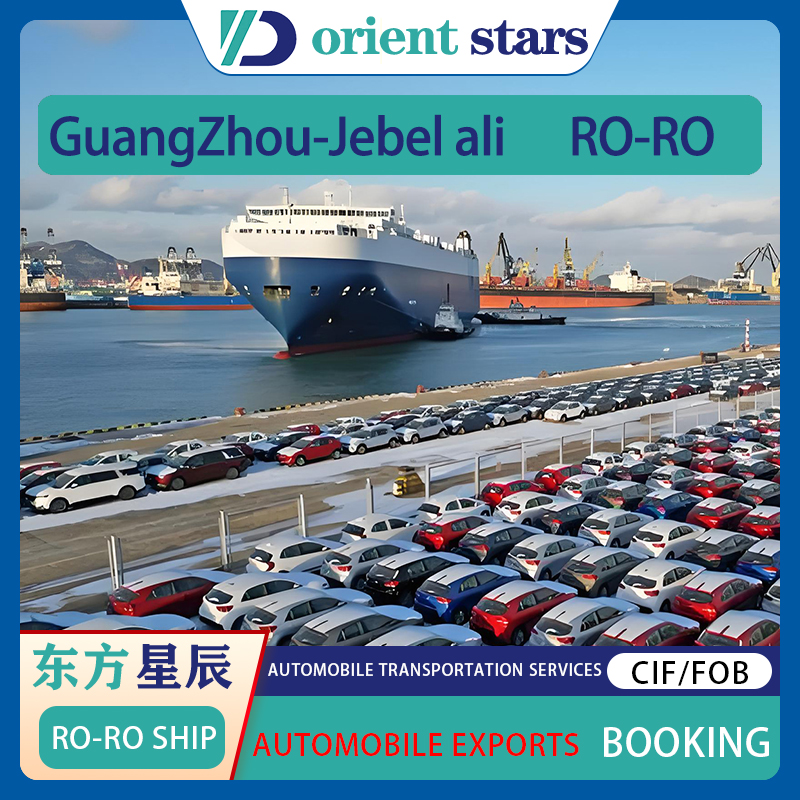
1. Roll-on/Roll-off (RoRo) Ship Transport
1.1 Overview of RoRo Shipping
RoRo vessels are specialized ships designed to carry wheeled cargo, such as cars, trucks, and buses. Vehicles are driven or towed onto the ship and secured in place, eliminating the need for cranes or extensive loading equipment.
1.2 Advantages of RoRo for NEV Exports
Efficiency in Loading and Unloading
NEVs can be driven directly onto the vessel, significantly reducing port handling time.
Faster turnaround times compared to container shipping.
Lower Risk of Damage
Since vehicles are not stacked inside containers, the risk of scratches or dents during handling is minimized.
Specialized securing mechanisms (straps, wheel locks) ensure stability during transit.
Higher Capacity for Bulk Shipments
RoRo ships can carry thousands of vehicles in a single voyage, making them ideal for large-scale exports.
1.3 Challenges of RoRo Shipping
Limited Port Accessibility
Not all ports in Dubai are equipped to handle RoRo vessels, potentially requiring transshipment.
Higher Costs for Small Shipments
Economies of scale favor large shipments; smaller consignments may be more expensive than container shipping.
Weather Sensitivity
Vehicles on open decks may be exposed to saltwater corrosion if not properly protected.
1.4 Major RoRo Routes from China to Dubai
Primary ports of departure: Shanghai, Tianjin, Guangzhou
Key arrival port in Dubai: Jebel Ali Port (one of the largest and most advanced RoRo hubs in the Middle East)
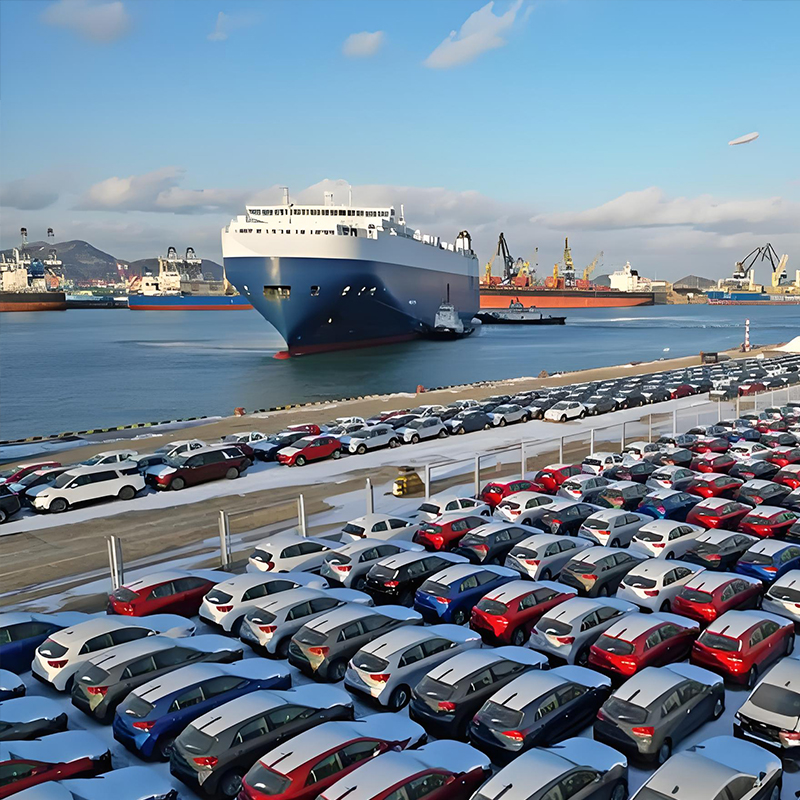
2. Container Ship Transport for NEVs
2.1 Overview of Container Shipping
Container ships transport NEVs inside standard 20-foot or 40-foot containers. Vehicles are either driven into specialized car frames within the container or disassembled for optimized space utilization.
2.2 Advantages of Container Shipping
Flexibility in Shipment Size
Suitable for small to medium batches of NEVs, allowing exporters to adjust shipment volumes.
Better Protection from Environmental Factors
Fully enclosed containers shield vehicles from saltwater, humidity, and dust.
Wider Port Coverage
Container ships can dock at almost any major port, including Port Rashid and Khalifa Port in Dubai.
Multimodal Transport Compatibility
Containers can be seamlessly transferred to trucks or trains for inland distribution.
2.3 Challenges of Container Shipping
Higher Handling Costs
Loading and unloading require cranes and additional labor.
Space Inefficiency for Large Vehicles
Some NEVs (e.g., electric SUVs or buses) may not fit optimally in standard containers.
Longer Processing Time
Container stuffing and destuffing add to the overall logistics timeline.
2.4 Common Containerization Methods for NEVs
Standard Container Loading: One to two vehicles per 40-foot container.
Flat Rack Containers: Used for oversized NEVs or those requiring extra protection.
High-Cube Containers: Provide additional height for taller electric buses or vans.
3. Comparative Analysis: RoRo vs. Container Shipping
| Factor | RoRo Shipping | Container Shipping |
|---|---|---|
| Cost Efficiency | Better for bulk shipments | More flexible for small batches |
| Transit Time | Faster loading/unloading | Longer due to container handling |
| Risk of Damage | Lower (minimal handling) | Moderate (depends on packing quality) |
| Port Accessibility | Limited to RoRo-equipped ports | Wider availability |
| Weather Protection | Open decks may expose vehicles | Fully enclosed protection |
| Customs & Documentation | Simplified (vehicle-specific) | More complex (containerized cargo) |
4. Choosing the Right Transport Method for NEV Exports to Dubai
4.1 When to Use RoRo Shipping
Large-scale exports (e.g., 500+ vehicles per shipment).
Priority on speed and minimal handling.
Availability of RoRo facilities at both origin and destination ports.
4.2 When to Use Container Shipping
Smaller or mixed cargo shipments.
Need for additional protection against harsh weather.
Flexibility in routing and multimodal transport.
4.3 Hybrid Solutions
Some logistics providers offer a combination of RoRo and container shipping, depending on the NEV model and destination requirements.
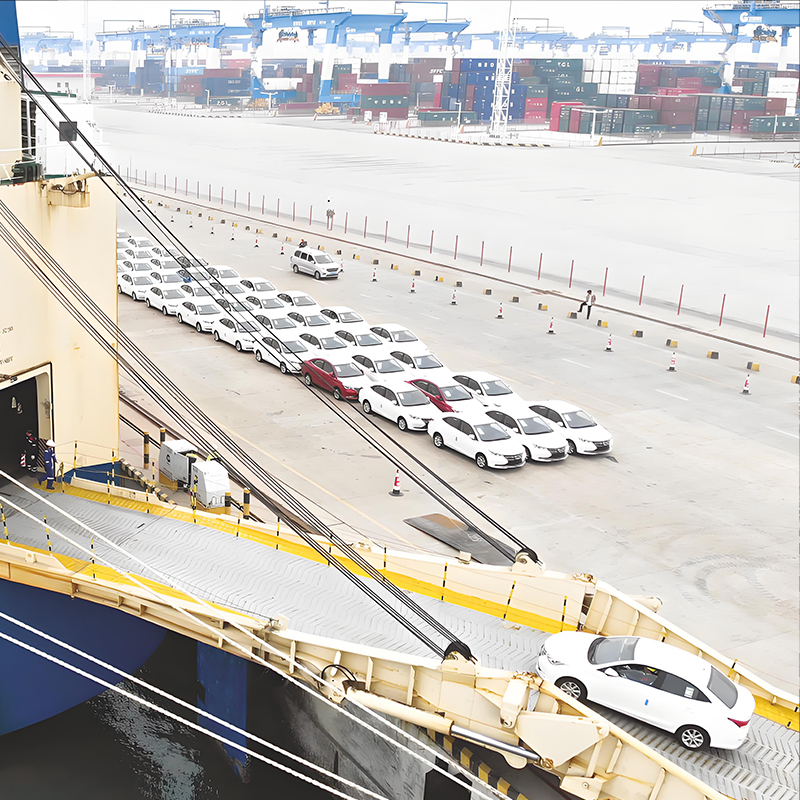
5. Future Trends in NEV Exports to Dubai
Increased Demand for RoRo Services: As China’s NEV production grows, dedicated RoRo fleets may expand.
Smart Containerization: IoT-enabled containers for real-time tracking of battery conditions.
Green Shipping Initiatives: Dubai’s push for sustainability may favor low-emission transport solutions.
下一篇:没有了!
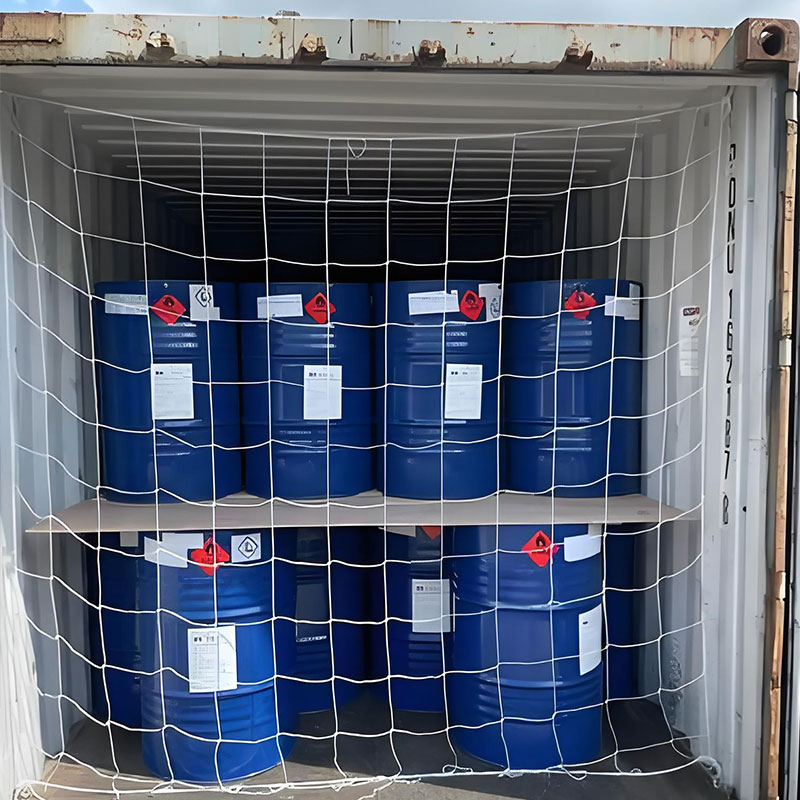

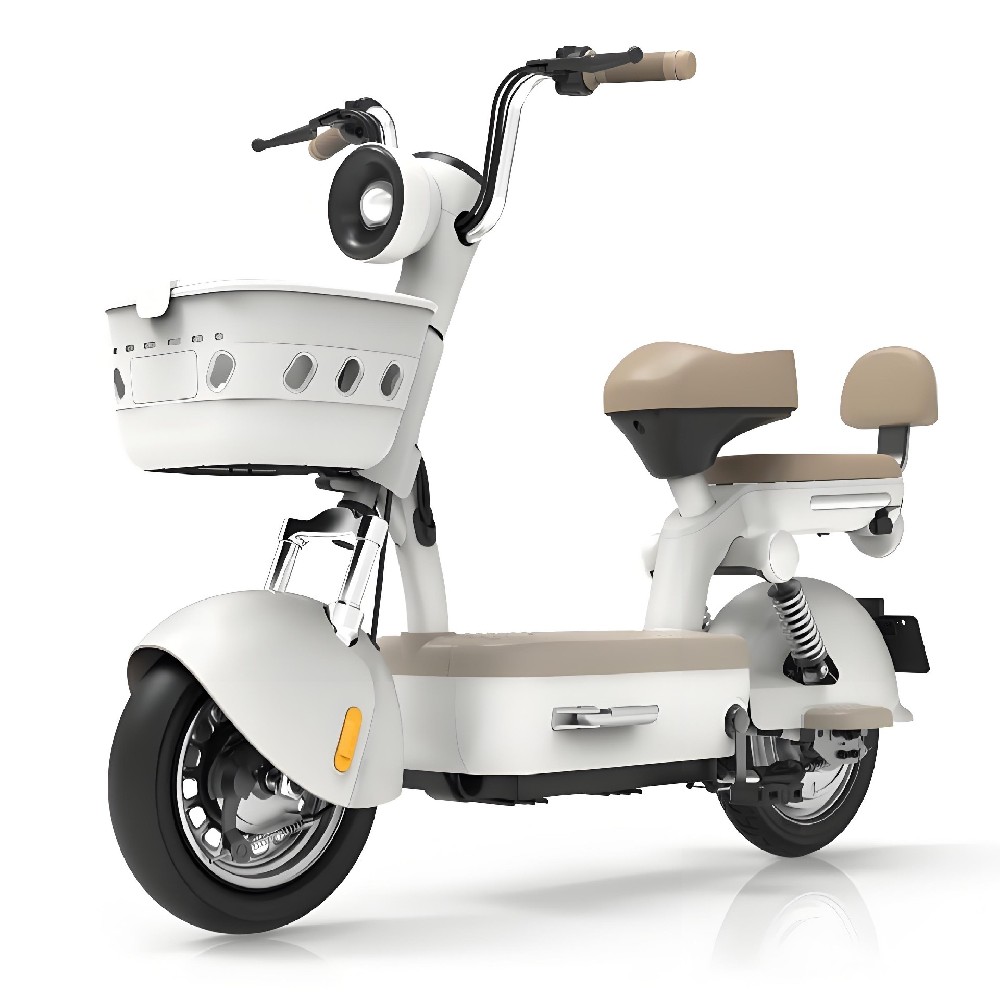
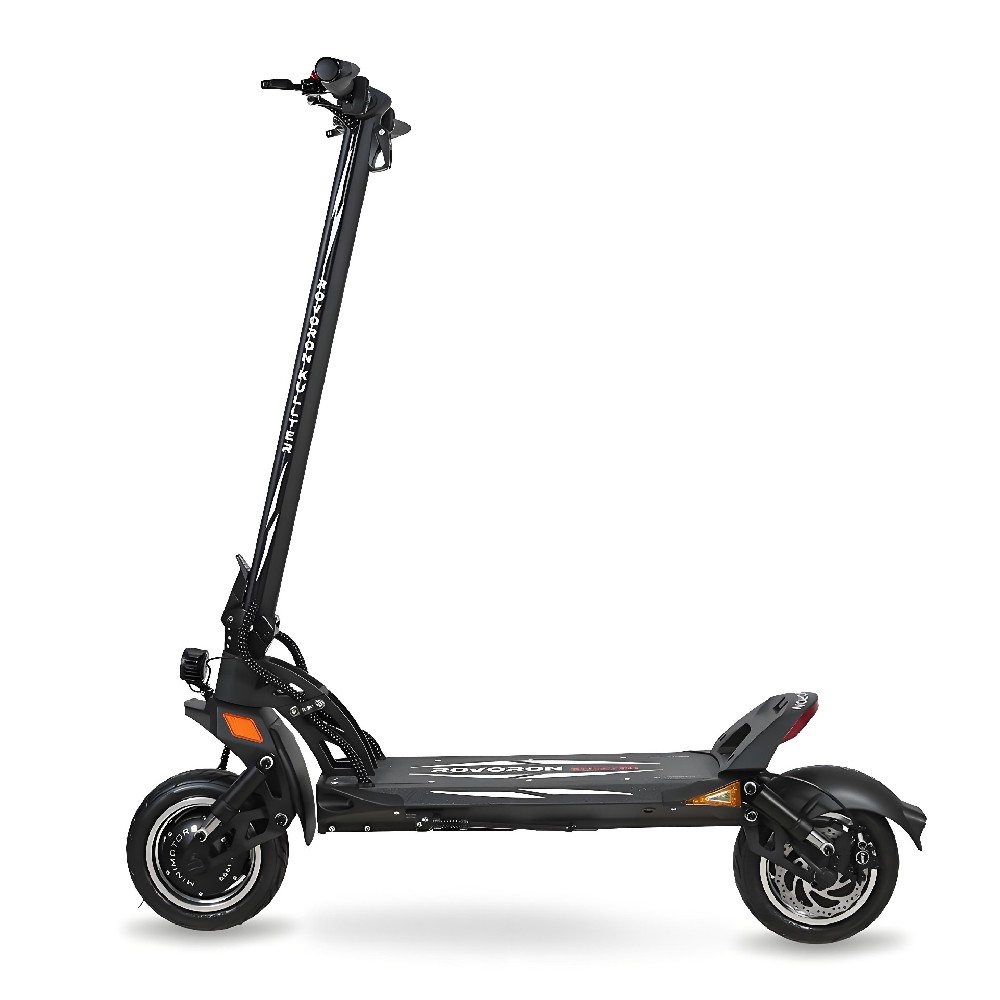
 售前咨询专员
售前咨询专员
